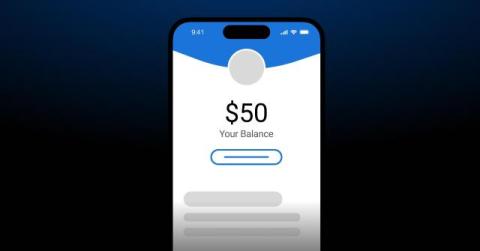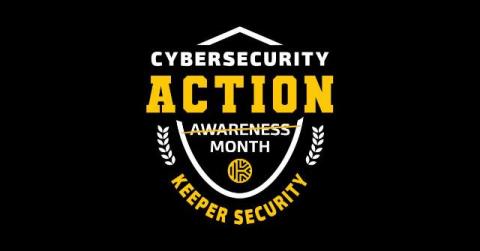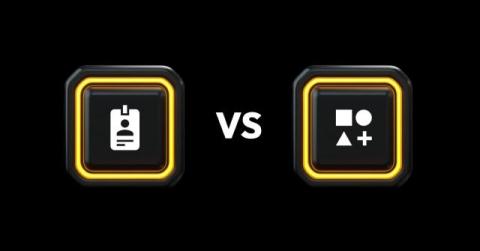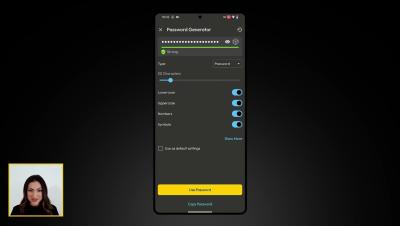How Keeper Helps Businesses Comply With the New CMMC Ruling
With the Cybersecurity Maturity Model Certification (CMMC) 2.0 now finalized by the U.S. Department of Defense (DoD), contractors and suppliers across the Defense Industrial Base (DIB) must ensure they meet stricter cybersecurity standards to maintain eligibility for DoD contracts. Achieving and maintaining CMMC compliance is no small task — it requires robust security protocols, continuous monitoring and strict control over access to sensitive information.











